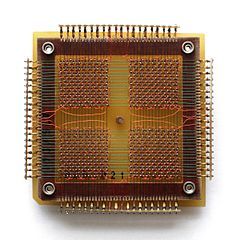Hygiene of Network Automation
David Gee decided to talk about hygiene of network automation in the Spring 2019 Building Network Automation Solutions online course, and (not surprisingly) Christoph Jaggi wanted to know more:
You highlight the hygiene of automation. What is it and why does it matter?
Hygiene is the important but boring bit of automation most beginners and amateurs pass by.
Read more ...



 MEC is an idea whose time has come. And for mobile operators, advertisers, and OTT providers, it's also an idea that can't come soon enough.
MEC is an idea whose time has come. And for mobile operators, advertisers, and OTT providers, it's also an idea that can't come soon enough.



